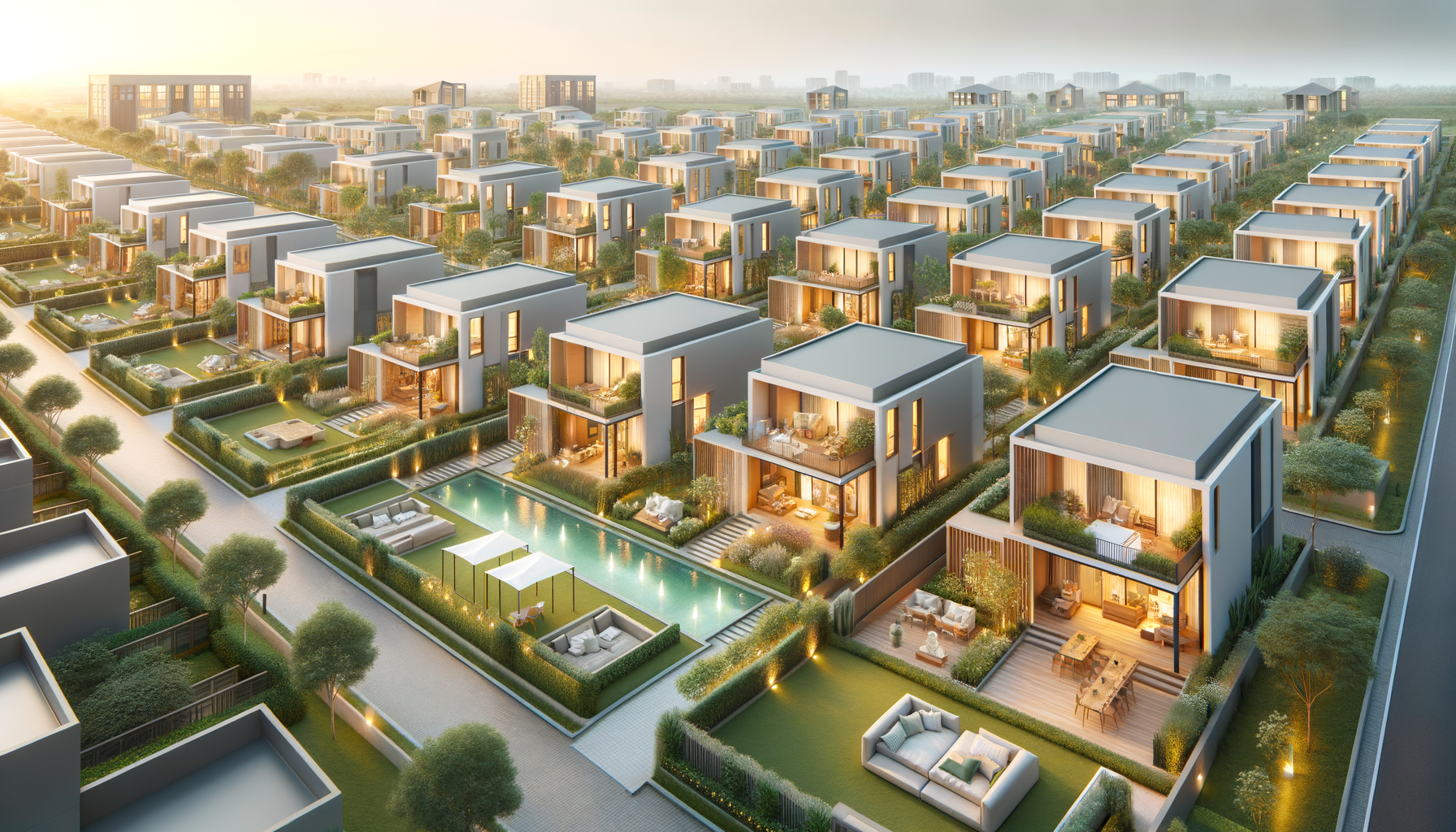Building the Perfect Family Compound: Strategies for Multi-Generational Harmony

Creating the Ideal Family Compound
Family compounds offer a unique living arrangement that fosters close-knit relationships, privacy, and shared resources. Whether you’re planning for multiple generations or simply seeking a spacious environment, understanding the key elements can help you design the perfect compound.
Benefits of a Family Compound
- Intergenerational Living: Provides a space for grandparents, parents, and children to live together harmoniously.
- Shared Resources: Pooling resources can lead to significant savings on utilities, maintenance, and other expenses.
- Privacy and Space: Unlike traditional multi-family homes, compounds offer distinct spaces ensuring privacy for each family unit.
- Community and Support: Living close to family fosters a strong support system, essential for both everyday life and emergencies.
Designing Your Family Compound
- Assess Needs: Determine the number of families, age groups, and specific requirements like accessibility or recreational facilities.
- Choose the Right Location: Consider proximity to schools, hospitals, and other essential services.
- Plan the Layout: Incorporate separate living quarters, shared common areas, and ample outdoor space.
- Incorporate Sustainability: Utilize eco-friendly materials and energy-efficient systems to reduce the environmental footprint.
- Future-Proofing: Design with flexibility to accommodate potential future expansions or changes in family dynamics.
A well-designed family compound not only meets current needs but also adapts to future generations.
Maintaining Harmony
Living in close quarters requires clear communication and established guidelines to prevent conflicts. Here are some strategies to maintain harmony:
- Set Boundaries: Clearly define private and shared spaces to respect each other’s privacy.
- Regular Meetings: Hold family meetings to discuss any issues and make collective decisions.
- Shared Responsibilities: Distribute household chores and maintenance tasks fairly among members.
- Respect Individuality: Acknowledge and celebrate each family’s unique traditions and preferences.
Conclusion
Building a family compound is a significant investment in both property and relationships. With thoughtful planning and open communication, it can become a haven that strengthens family bonds and provides a supportive environment for all its members.